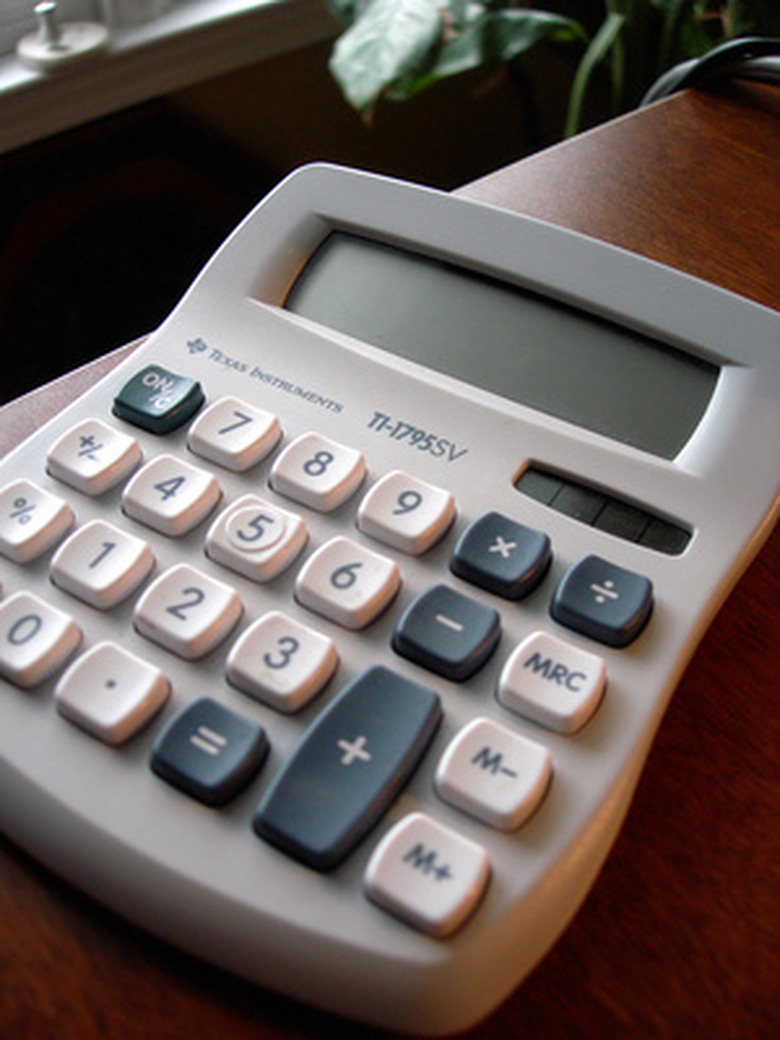How To Calculate A Fraction To A Decimal
Converting a fraction to a decimal involves division. The easiest method is to divide the numerator, the top number, by denominator, bottom number. Memorization of some fractions allows quicker calculations, such a 1/4 equals 0.25, 1/5 equals 0.2 and 1/10 equals 0.1.
Step 1
Determine a number that multiplies the denominator to make the denominator equal 10. For example, with the fraction 24/25, the denominator (25) times 0.4 equals 10.
Step 2
Multiply the numerator by the number you multiplied the denominator by in Step 1. In the example, 24 times 0.4 equals 9.6. The new fraction is 9.6/10.
Step 3
Place a decimal in front of the numerator, and erase the denominator. In the example, 0.96.
Cite This Article
MLA
McBride, Carter. "How To Calculate A Fraction To A Decimal" sciencing.com, https://www.sciencing.com/calculate-fraction-decimal-6196776/. 24 April 2017.
APA
McBride, Carter. (2017, April 24). How To Calculate A Fraction To A Decimal. sciencing.com. Retrieved from https://www.sciencing.com/calculate-fraction-decimal-6196776/
Chicago
McBride, Carter. How To Calculate A Fraction To A Decimal last modified March 24, 2022. https://www.sciencing.com/calculate-fraction-decimal-6196776/
